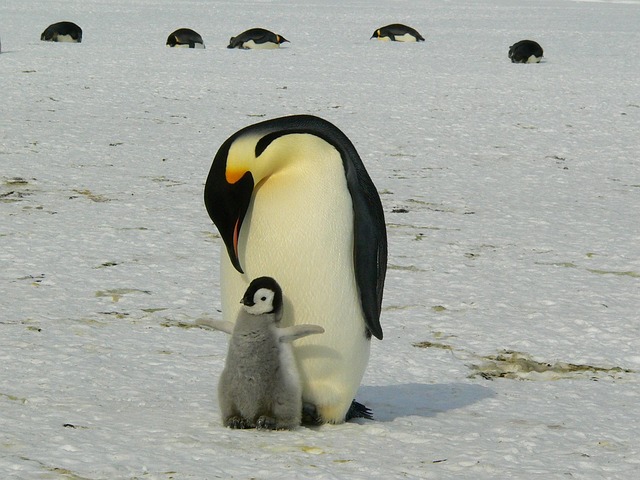The Antarctic ice sheet, a majestic and vital component of our planet’s climate system, stands as both a symbol of natural beauty and a warning sign of impending environmental challenges. These vast, icy expanses are not merely frozen landscapes; they are crucial players in regulating our global climate. However, the threats they face due to climate change are growing increasingly severe, reminding us of the interconnectedness of our environment and our actions.
As global temperatures rise, the stability of the Antarctic ice sheet is jeopardized. The scientific community has observed alarming rates of ice shelf collapse and glacier retreat, phenomena that dramatically affect global sea levels. The environment is bearing the brunt of these changes, impacting local ecosystems and wildlife that depend on the icy expanse. Species such as penguins and seals find their habitats shrinking, which serves as a poignant reminder of how climate change doesn’t just affect distant areas; it alters the balance of entire ecosystems.
The melting of the Antarctic ice sheet has implications that reach far beyond its geographical boundaries. As these glaciers melt, they contribute to rising sea levels, threatening coastal communities around the world. This situation evokes a sense of urgency but also highlights the resilience inherent in our global society. Our collective awareness and action can play a pivotal role in mitigating these environmental challenges. As stewards of the planet, we have the power to make a difference—be it through supporting renewable energy initiatives, advocating for strong climate policies, or simply being more conscious of our carbon footprints.
Additionally, the ramifications of a destabilized Antarctic ice sheet extend to global weather patterns. The influx of freshwater from melting ice alters ocean currents, which can lead to more extreme weather events. Natural disasters, once considered anomalies, may become the norm as the delicate balance of our climate shifts. Citizens around the world are experiencing the effects firsthand—whether through increasingly severe storms or prolonged droughts—urging a collective discussion about the future we want to build.
When we think about the Antarctic ice sheet, it serves as a reminder of what is at stake. It embodies the fragility of our environment in the face of relentless climate change. Every small effort counts; each decision we make today impacts our planet’s tomorrow. It’s necessary to harness the feelings of responsibility and urgency that arise when we contemplate the fate of the ice sheets, recognizing our role in advocating for their preservation.
This ongoing battle against climate change is not merely a scientific concern; it is a moral imperative. As we engage in conversations about the environment, we must emphasize the significance of the Antarctic ice sheet as both an invaluable natural resource and a symbol of resilience. By fostering an emotional connection to these icy realms, we can inspire collective action to protect them, ensuring that future generations can witness their grandeur and enjoy a balanced climate. A world that nurtures and respects its environment is one that preserves the beauty and diversity of life on Earth, including the remarkable Antarctic ice sheet.




